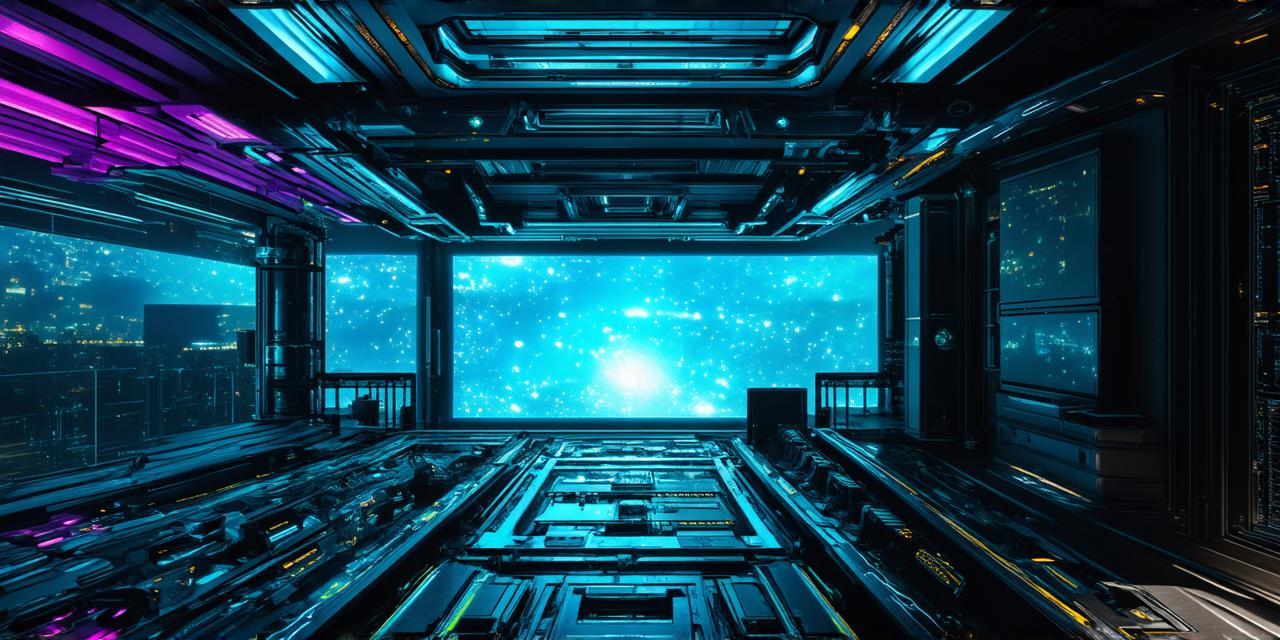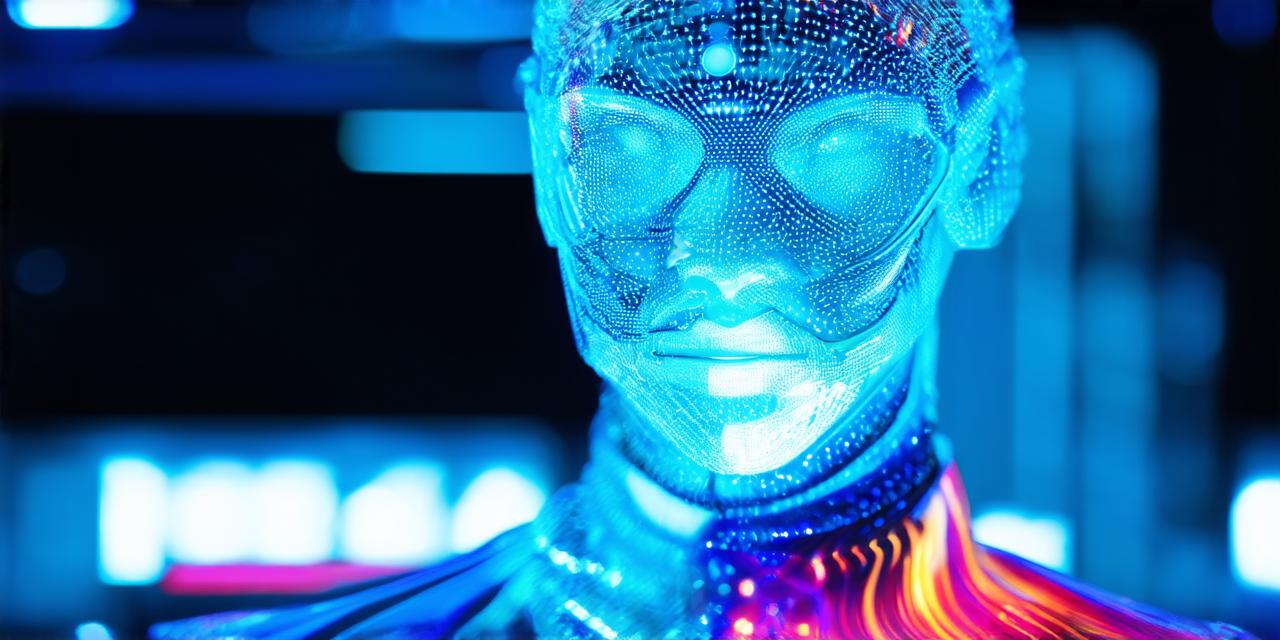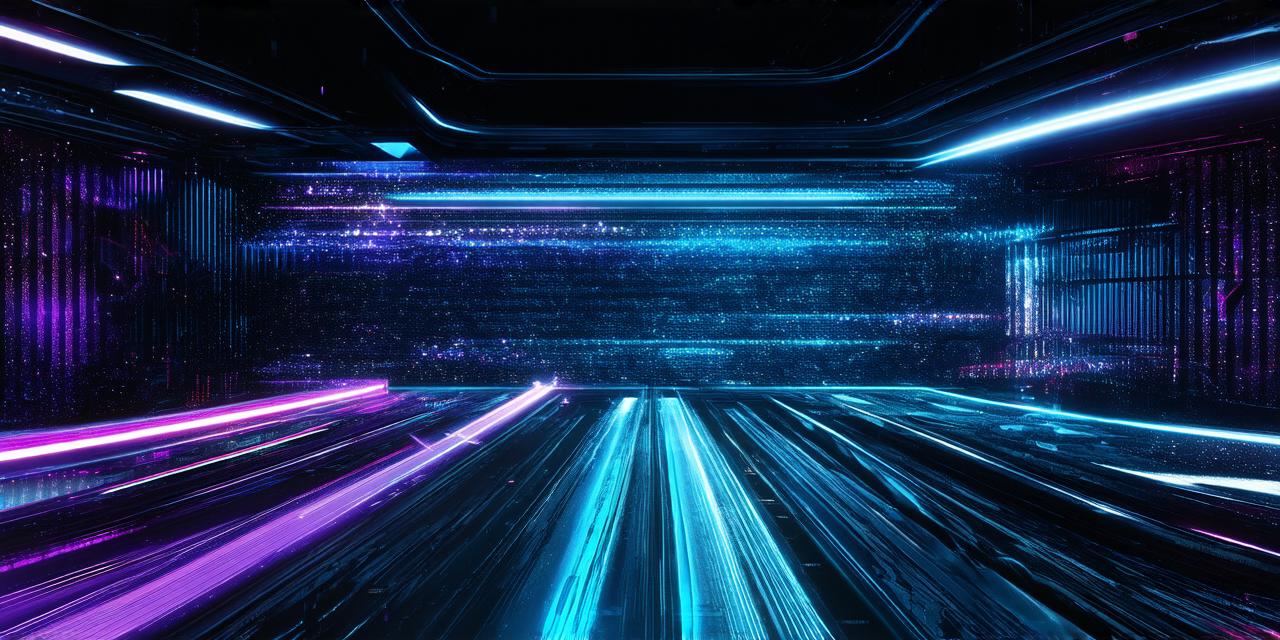Mixed reality (MR) is a technology that allows virtual objects to be placed into the real world. It combines the advantages of both virtual and augmented reality, allowing users to interact with virtual objects in a natural and intuitive way. In this article, we will explore some of the applications of mixed reality and how it is being used in various industries.
1. Healthcare:
Mixed reality has a number of potential applications in the healthcare industry. For example, it can be used to help doctors and surgeons plan and practice procedures before they are performed on patients. This can lead to more accurate and efficient surgeries, as well as reduced recovery times for patients. Additionally, mixed reality can be used to create simulations of medical scenarios, allowing students and practitioners to train in a safe and controlled environment.
1. Education:
Mixed reality can also be used in education to enhance learning experiences. For example, it can be used to create virtual field trips that allow students to explore historical sites or scientific phenomena in an interactive and immersive way. Additionally, mixed reality can be used to create simulations of complex systems, such as the human body or a machine, allowing students to understand how they work and how they interact with each other.
1. Manufacturing:
Mixed reality has a number of potential applications in manufacturing. For example, it can be used to help design and prototyping products, allowing engineers to see how they will look and function in real life before they are built. Additionally, mixed reality can be used to create simulations of production lines, allowing manufacturers to test different workflows and optimize processes for maximum efficiency.
1. Retail:
Mixed reality has also found a home in the retail industry. For example, it can be used to create virtual try-on experiences, allowing customers to see how clothes or makeup will look on them before they make a purchase. Additionally, mixed reality can be used to create virtual showrooms, allowing customers to explore products in a more interactive and immersive way.
1. Entertainment:
Finally, mixed reality has also found a place in the entertainment industry. For example, it can be used to create interactive games that allow players to interact with virtual objects in a natural and intuitive way. Additionally, mixed reality can be used to create immersive experiences for movies or concerts, allowing viewers or attendees to feel like they are part of the action.
In conclusion, mixed reality is a powerful technology that has a wide range of potential applications across various industries. As the technology continues to evolve, we can expect to see even more creative and innovative uses of mixed reality in the future.



